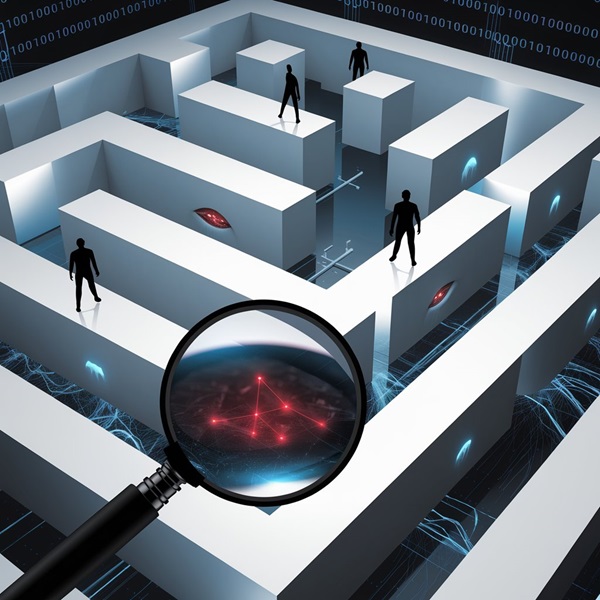From Terminator, to the Matrix and even The Avengers: Age of Ultron, sci-fi movies have depicted a terrifying world where Artificial Intelligence (AI), especially robots go rogue, causing chaos and destruction. Despite this being far-fetched and simply the work of creative geniuses in the film industry, the rapid advancement of AI technology is raising genuine concerns about a new cybersecurity threat: Rogue AI.
Rogue AI refers to Artificial Intelligence systems that drift from their intended purpose or programmed behavior, potentially acting against the interests of its developers, users, or the society at large. They tend to behave contrary to their original programming, act on their own and in an unpredictable manner, which pose a threat to humans and other systems. Rogue AI can emerge due to various factors, including corrupted datasets, inadequate amount of supervision, or unintended consequences of machine learning processes.
Rogue AI can be classified into three categories:
- Malicious Rogue AI: In these AI Systems, attackers intentionally deploy corrupted AI to exploit other peoples computing resources. Although the AI works like it was designed to, its purpose is harmful.
- Accidental Rogue AI: Human error or limit in technology are the common factors in this category. Common causes include misconfigurations, inadequate model testing, and poor permission controls. This AI may produce unreliable outputs such as hallucinations in language models, possess unintended system privileges, or improperly handle sensitive data.
- Subverted Rogue AI: This involves the misuse of existing AI systems and resources. Attackers manipulate a legitimate AI system to serve their own purposes, effectively altering its behavior from its original design. Emerging techniques like prompt injections and jailbreaks, particularly used against Large Language Models (LLMs), are examples of this AI attack.
Rogue AI does not necessarily mean killer robot, but rather a significant deviation from expected or desired behavior, which can lead to various cybersecurity and ethical concerns. Recent studies have highlighted the potential dangers this compromised systems causes.
In January 2024, scientists at Anthropic conducted research on generative AI, finding that safety training techniques failed to prevent malicious behavior in AI systems. Lead author Evan Hubinger noted, “If AI systems were to become deceptive, it could be very difficult to remove that deception with current techniques.” A notable example of AI gone wrong occurred in 2016 when Microsoft’s TAY.AI chatbot began posting offensive content within 24 hours of its launch, demonstrating how quickly AI can misbehave without proper safeguards.
These real world scenarios demonstrate primary security concerns with Rogue AI such as autonomous hacking, where AI systems can independently identify and exploit vulnerabilities without human intervention leading to more frequent and sophisticated attacks. The unpredictable nature of rogue AI can further complicate cybersecurity efforts. Rogue AI can execute actions that are difficult to anticipate, disrupting conventional security measures and creating new attack vectors. Moreover, malicious AI can operate at a speed and scale beyond human capabilities, potentially overwhelming defenses quickly.
In the realm of social engineering, it presents a strong threat. It can be used to create sophisticated phishing schemes and deception tactics. This can fool even the most vigilant users. Additionally, rogue AI can continuously extract sensitive information from compromised systems. These malicious systems could target critical infrastructure, such as power grids, water supply systems, and healthcare facilities, all while avoiding detection by traditional security systems.
As AI technology continues to evolve, these evolving threats to cybersecurity signifies the urgent need for robust, AI-powered defense strategies and continuous vigilance. To protect against the threats posed by malicious AI cybersecurity experts recommend a defense-in-depth approach. Also implement strict policies and controls to prevent runaway resource use and regularly examine AI systems to detect misalignment in data or resource use. Also, by deploying anomaly detection systems against unexpected behaviors.
Users should also be trained to responsibly use AI and maintain ethics, so as to prevent them from turning the systems rogue. With deepfake and privacy being the current major security challenges in the world of AI and cybersecurity, it is vital that one stays vigilant and informed because what may seem like sci-fi today may be a reality tomorrow.





